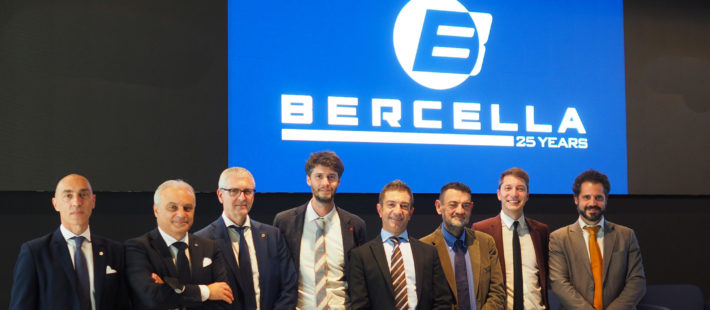Bercella and Rina have signed a partnership for the development of end-to-end multi-materials qualified solutions, with prevalent application in markets with high added value, such as space, defense, aeronautical, marine and energy.
With this partnership, the two companies also want to strengthen their position in the global market, combining their expertise on:
- composite materials
- additive manufacturing
- materials for critical applications in cutting-edge contexts such as the:
- energy transition
- development of the circular economy in the world of composites
- decarbonization at-large
The services provided together derive from continuous and constant technological research, aimed at carrying out Feasibility Studies and the following phases of design and testing (chemical, physical and mechanical) up to the qualification of the products and their actual use.
Bercella contributes to these important results with its experience in the design and processing of composite materials. The company is able to exploit also internal technologies such as those present in the Material Testing Lab. Here laboratory tests are carried out for the study and qualification of materials that are then used for prototyping and for the production of small, medium, and large scale components.
Franco Bercella President of Bercella is proud that Rina, a multinational company of inspection, certification and engineering consultancy, leader in the strategic field of materials chose his company to enter the world of composites with End-to-End solutions, bringing them to the heart of the energy transition, an exciting and wide-ranging theme for the next ten years.












